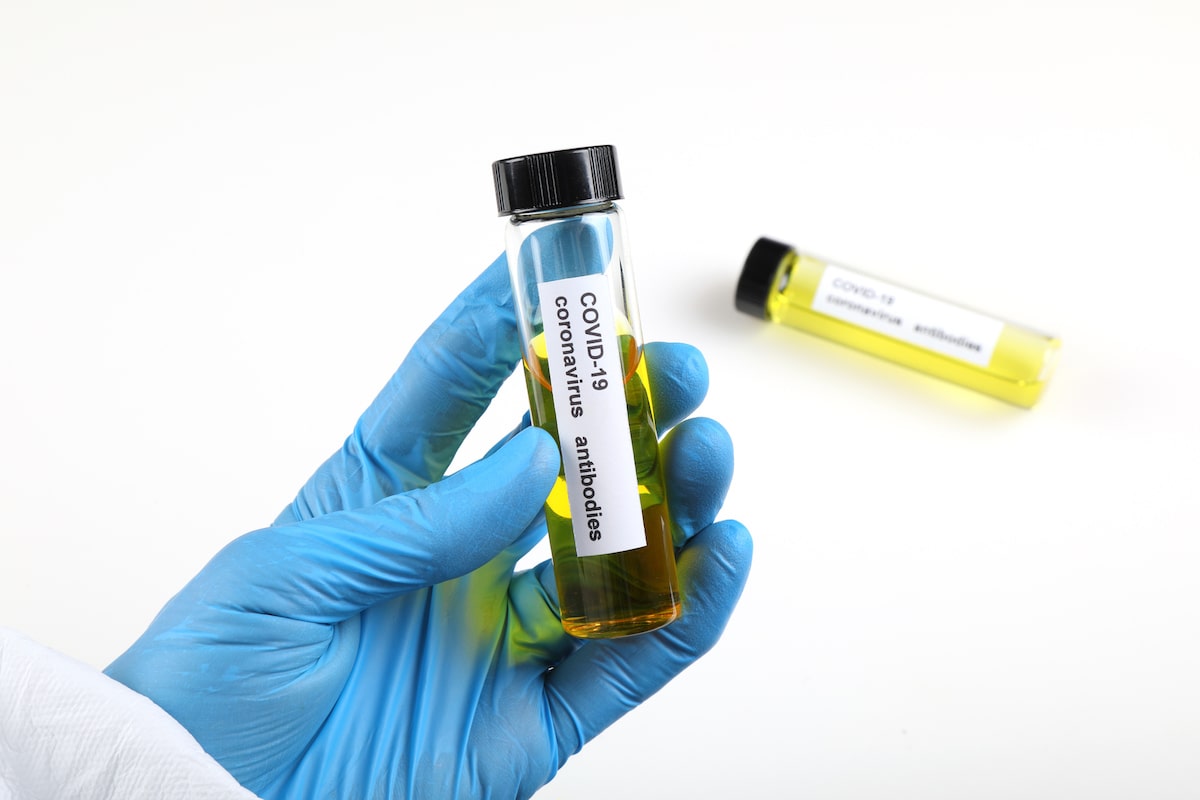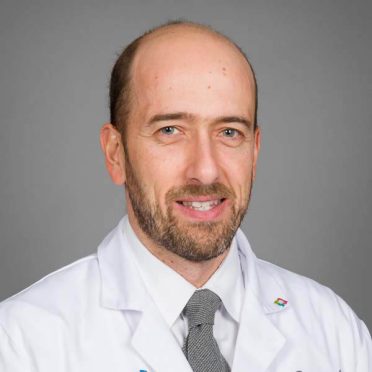After testing nearly 7,000 colleagues for antibodies to the COVID-19 virus, Hartford HealthCare (HHC) researchers calculated a 6.4-percent antibody detection rate, which is slightly higher than the state average.
The rate of detection, called “seroprevalence,” correlates to the level of exposure HHC colleagues had to the potentially deadly virus, either through interaction with infected patients or members of the community, according to Dr. Pavlos Papasavas, who led the “Seroprevalence of SARS-CoV-2 Study.”
Between May 11 and Aug. 14, Dr. Papasavas’ research team performed antibody testing on volunteers from the health system. Volunteers were front-line workers and others who had no contact with COVID-19 patients as part of their job.
“Healthcare workers with no exposure to COVID-19 patients had a seroprevalence of 4 percent,” he said in an Aug. 18 media briefing. “Healthcare workers with daily or almost daily exposure to COVID-19 patients had a seroprevalence of 8 percent.
“Therefore, the greater the exposure, the higher the rate of antibodies.”
According to research by the Centers for Disease Control and Prevention (CDC), the rate of detection of antibodies against COVID-19 in Connecticut ranges from 4.9 to 6.3 percent.
These Phase I results indicate that HHC colleagues properly used personal protection equipment, which helped protect them and ensure the safe delivery of care to patients, Dr. Papasavas noted.
He and the research team will continue examining the data into the second wave of the COVID-19 pandemic. Participants from Phase I will be invited back for a second round of antibody testing in November to determine whether they maintain immunity to the virus.
This Phase II investigation will determine:
- Whether those testing positive for antibodies in Phase I still have them, and, therefore, immunity to the virus, six months later.
- Whether those who tested negative in Phase I now have detectable antibodies due to subsequent exposure.
With so many questions around the novel virus, the research is informative and cutting-edge, said HHC President and CEO Jeff Flaks.
“I’m proud we did this study at Hartford HealthCare and we’re going to continue to invest in the study as we go forward,” he said. “It’s about protecting the risk and transmission in our community.”
The study results, he added, can help identify where risk for COVID-19 exposure exists and “where we have vulnerabilities.”
In the community, Dr. Papasavas urged continued attention to state guidelines for the prevention of virus spread, including the practice of social distancing and the wearing of masks in public.
“It’s our responsibility to preserve this low rate of COVID-19,” he said, referring to the state’s performance in the first wave of the pandemic.
Dr. Ajay Kumar, chief clinical officer with HHC, further urged residents to exercise caution.
“This disease is still deadly and there is not cure at this time,” he said.
For more information on the Hartford HealthCare Ayer Neuroscience Headache Center, click here.
Not feeling well? Call your healthcare provider for guidance and try to avoid going directly to an emergency department or urgent care center, as this could increase the chances of the disease spreading.
Click here to schedule a virtual visit with a Hartford HealthCare-GoHealth Urgent Care provider.
Stay with Hartford HealthCare for everything you need to know about the coronavirus threat. Click here for information updated daily.
Listen and subscribe to Hartford HealthCare’s More Life series on Apple Podcasts by clicking here.
Stay fit. Stay happy. Stay healthy. And keep on top of COVID-19 with Hartford HealthCare’s daily text alerts. Subscribe by texting MoreLife to 31996.


